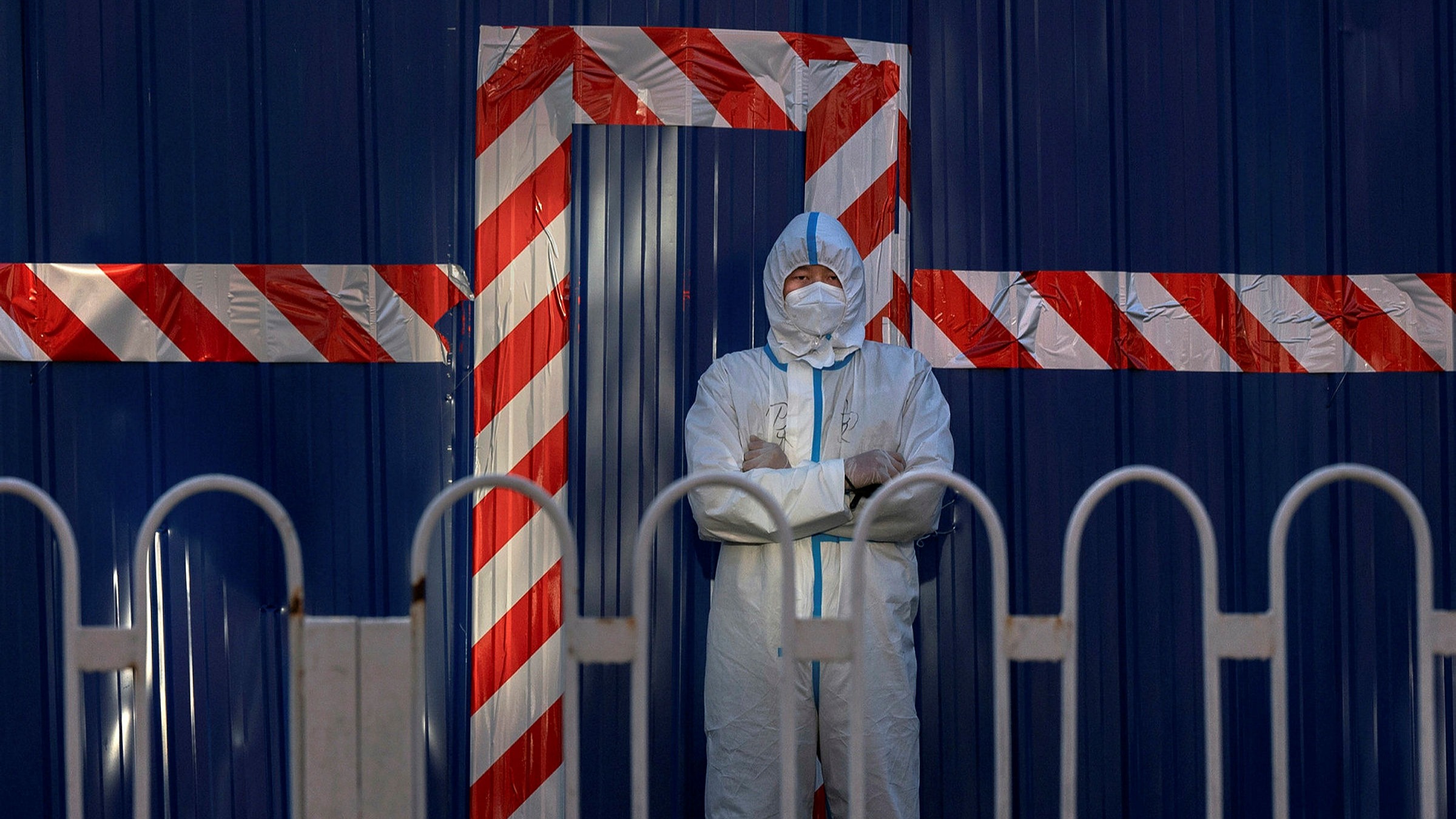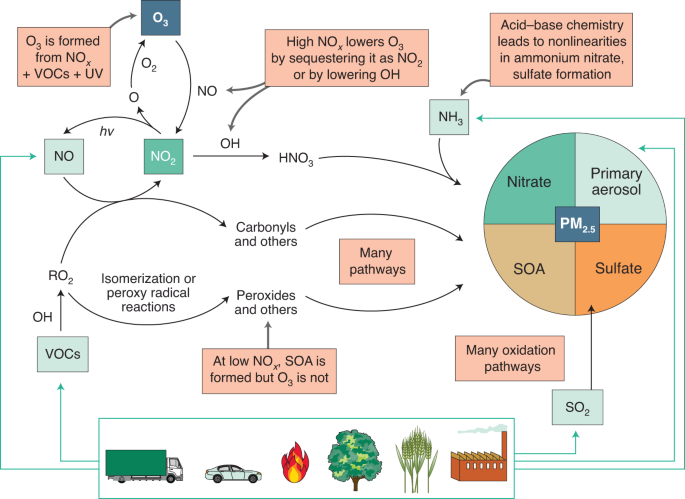
Hello! Welcome back to the last post of this week’s theme on COVID-19 and the environment. In the previous 2 posts, I have brought up various ways in which the pandemic has led to various increases in land pollution as well as decreases in air pollution. In this final post, we will be wrapping up the week with illustrating the abnormalities in the pollution data collected over the pandemic and what that could possibly mean for society moving forward.
Firstly. through observations during the pandemic, it has been found that while there has been a fall in NO2 pollution , there has been an increase in the concentration of O3 pollution (Venter et al., 2020). This is further substantiated by Brancher (2021), who found that NO2 reductions and O3 increases were consistently found over Vienna. Statistically, 82% of the lockdown days in Vienna had lowered NO2 concentrations and 81% of the days had amplified O3 concentrations (Brancher, 2021).
This phenomenon can be explained through figure 1 below, that illustrates ozone and aerosol formation. The green arrows in the figure illustrate primary emissions while the black arrows illustrate secondary emissions.

Figure 1. (Kroll et al., 2020)
According to Kroll et al., (2020), when NOx levels are high, the system can become saturated, stilling the generation of ozone. The additional NOx becomes a sink for OH radicals, which slows down the oxidation of volatile organic compounds’ oxidation and thus suppresses ozone production. Furthermore, Kroll et al., (2020) suggests that the NOx can sequester O3 in temporary reservoirs such as NO2 and N2O5. Thus, this illustrates how the lowered NOx emissions may result in higher ozone levels for the environment. This shows how there are multitudes of complexities towards environmental pollution modelling and how the reduction of one particular pollutant may not necessarily be a good thing.
Moving forward, though the pandemic has been a terrible phenomenon for the world, there is an opportunity provided for atmospheric chemists to learn. Bourzac (2020) suggests that many researchers are using the environmental conditions created by the pandemic and the lockdowns to conduct experiments that were only plausible through complex computer modelling before the pandemic. Looking ahead, I hope that the data collected throughout the past two years of the pandemic will allow better policy implementation to reduce our environmental footprint in the coming years. While the pandemic has been awful to say the least, it is most important to relish the opportunities provided for a better and less polluted future.
References
Brancher, M. (2021) ‘Increased ozone pollution alongside reduced nitrogen dioxide concentrations during Vienna’s first COVID-19 lockdown: Significance for air quality management’, Environmental Pollution, 284, 117153.
Kroll, J.H., Heald, C.L., Cappa, C.D., Farmer, D.K., Fry, J.L., Murphy, J.G. & Steiner, A.L. (2020) ‘The complex chemical effects of COVID-19 shutdowns on air quality’, Nature Chemistry, 12, 777–779.
Venter, Z.S., Aunan, K., Chowdhury, S. & Lelieveld, J. (2020) ‘COVID-19 lockdowns cause global air pollution declines’, Proceedings of the National Academy of Sciences, 117, 18984–18990.